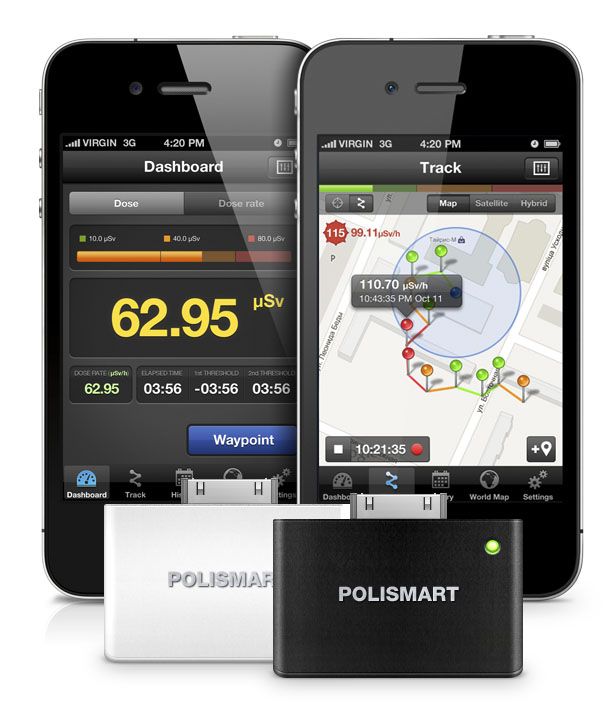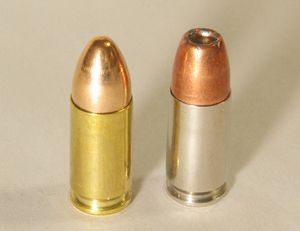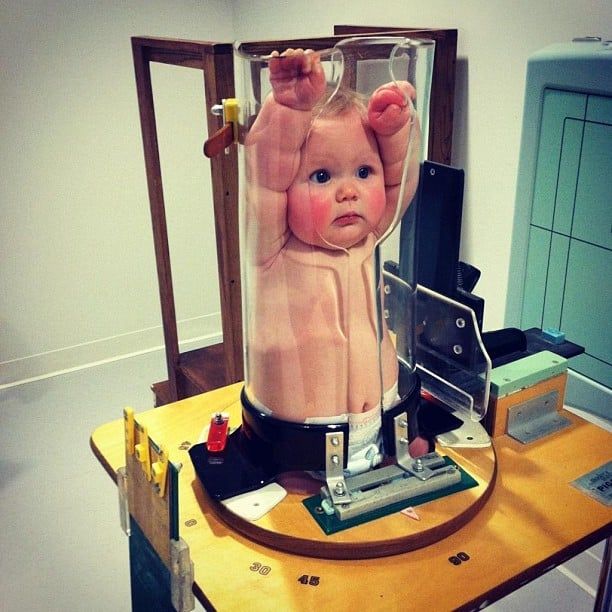Radiation Protection Agencies and Regulations
Radiation Protection Agencies and Regulations
In the US, each state has several organizations and multiple regulations pertaining to radiation safety and a department dedicated to enforcing those regulations. There are many more throughout the world including international organizations. To attempt to list all of the radiation agencies, policies, and laws in the US would fill volumes much larger then this book. Although the web of regulations is tangled, they are an important part of administrative controls.




